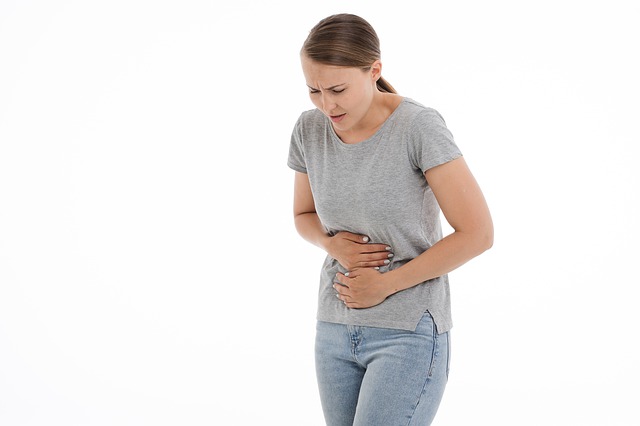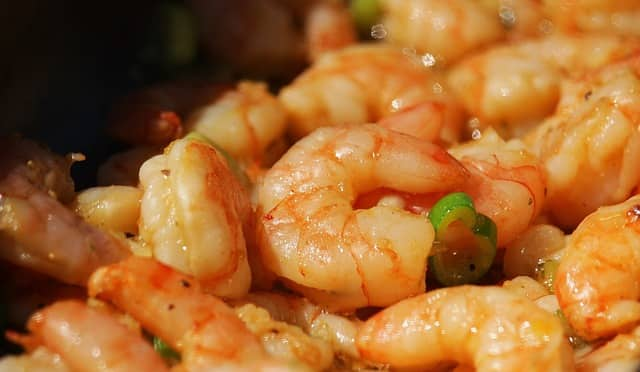Shrimp is a healthy and highly nutritious seafood you should add to your diet. It is rich in phosphorous, potassium, sodium, proteins, and calcium. One hundred grams of shrimp also contains a good amount of selenium, copper, and omega-3 fatty acids. Despite these nutritional benefits, eating too much shrimp in one sitting can cause high uric levels, gout, food poisoning, mercury poisoning, and high PCB concentration in the body.
Can You Eat Too Much Shrimp?
Before exploring what happens if you eat too much shrimp, let us consider how much shrimp is too much to eat in a single sitting.
Eating three ounces per serving provides full health benefits. This amount translates to about 5-12 shrimps depending on the size. One will need more small shrimps to make up three ounces and fewer jumbo shrimps.
Of course, one can eat more than three ounces in one sitting. However, eating more than 300 grams or 10.58 ounces of shrimp is just too much to consume in a day, let alone in a single sitting and could cause adverse health effects.
So What Happens If You Eat Too Much Shrimp?
1. High uric levels
Eating too much shrimp in one sitting increases your uric acid levels. Shrimps are a good example of foods rich in purines, which the human body metabolizes to produce uric acid.
High uric acid levels in the body can cause uric acid crystals to form and accumulate in the joints. They then lead to painful joint inflammation, commonly known as gout.
The increased risk of gout is a good reason you should avoid eating too much shrimp per serving.
2. Food poisoning

Eating too much shrimp also puts you at risk of food poisoning. This statement is consistent with a Consumer Reports study that found that 16 percent of cooked shrimp contained E. coli, vibrio, and staphylococcus aureus.
Food poisoning risk increases even more if you eat raw shrimp or shrimp sashimi. Raw shrimp generally has a higher load of harmful bacteria and viruses that cause food poisoning. It is, therefore, unsafe to eat raw shrimp even when prepared well.
Undeveined shrimp is even more dangerous to eat raw because the vein serves as an intestine and, like any digestive tract, it contains different types of bacteria and other microorganisms. Therefore, eating undeveined shrimp, regardless of the amount, can lead to severe food poisoning.
Shellfish poisoning can also happen after eating too much shrimp. Usually, it occurs when shellfish become contaminated during or after a toxic algae bloom.
Although shellfish poisoning can happen with any amount of shrimp, the risk increases with every shrimp you ingest.
3. Mercury poisoning
Eating too much shrimp might also cause mercury poisoning. It might happen even though shrimp contain low mercury levels. It follows that consuming too many shrimps in a single sitting leads to high mercury concentrations in the body and causes mercury poisoning.
Eating too much shrimp is also against advice from the Food and Drug Administration (FDA), which recommends 2-3 servings weekly for pregnant and breastfeeding mothers to keep the baby from developing mercury poisoning.
Mercury poisoning can harm developing fetuses and adversely affect their brains and nervous system.
4. High PCB concentration in the body
Eating too much shrimp is also likely to cause a buildup of polychlorinated biphenyls (PCBs) in the body. PCBs are highly toxic chemicals that accumulate in fish, shrimp, and other seafood. They often increase cancer risk and cause developmental and neurological problems in babies and fetuses.
The FDA only allows 0.2-3 parts per million (ppm) of PCB in all foods, including shrimp.
However, the risk of PCB buildup to toxic levels is high if you eat too much shrimp from North America. The shrimps consumed in this region have the highest PCB concentrations compared to those from Asia and South America.
Even so, PCB concentrations increase over the long term and cause serious health problems with time.
If you are a seafood enthusiast, please check and will definitely enjoy reading:

